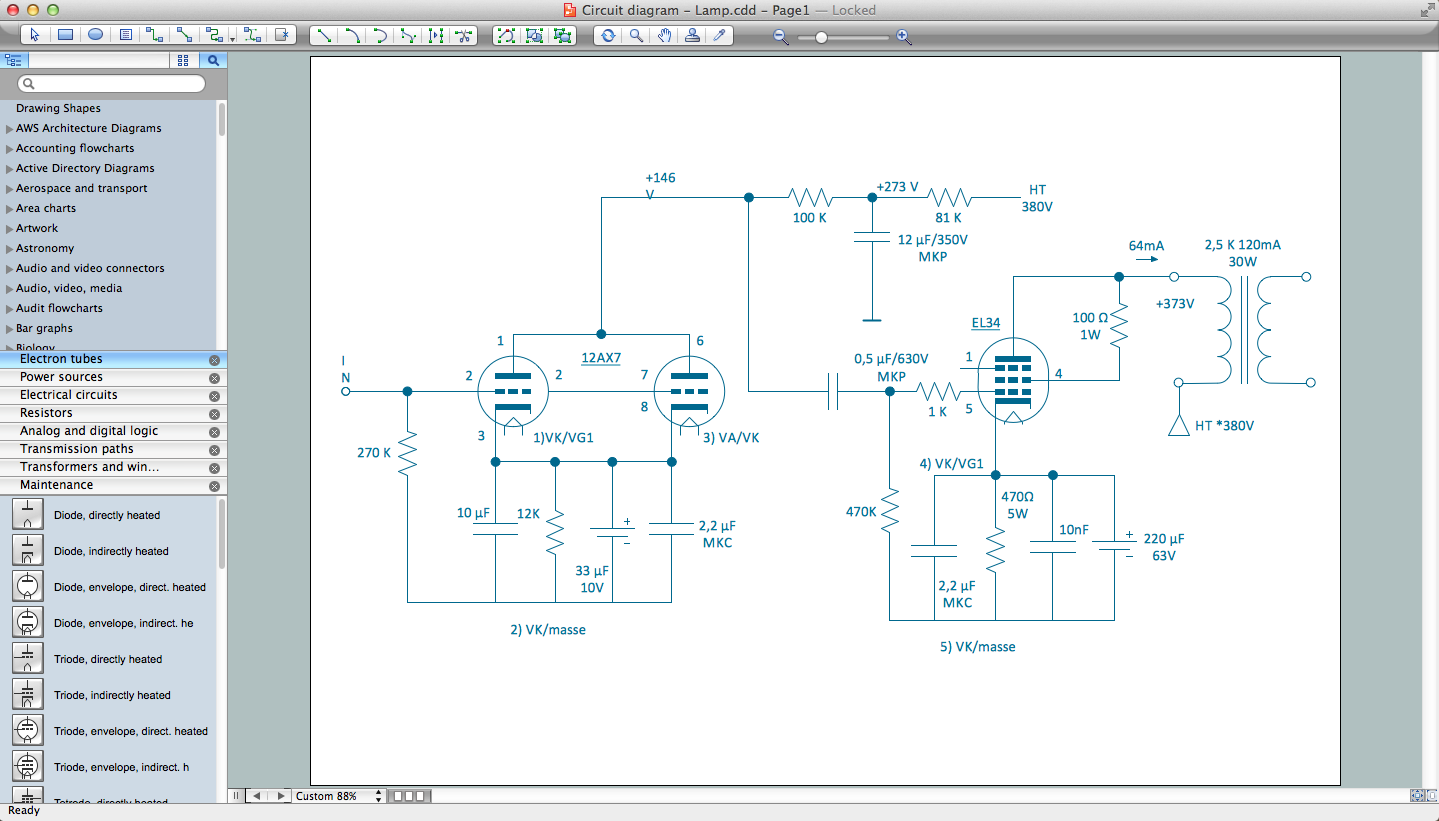Electrical Switchboard Drawing Software
ETAP is a full spectrum analytical engineering software company specializing in the analysis, simulation, monitoring, control, optimization, and automation of electrical power systems. ETAP electrical engineering software offers the best and most comprehensive suite of integrated power system enterprise solution. Why ETAP? Find out why ETAP has become the de facto standard for power system analysis for all types and sizes of electrical industries etap.com/why-etap Learn more about ETAP Software
[Electrical drawing. Wikipedia] The signs example 'Design elements - Qualifying' was drawn using the ConceptDraw PRO diagramming and vector drawing software extended with the Electrical Engineering solution from the Engineering area of ConceptDraw Solution Park. 3 Phase Distribution Board Wiring Diagram.
Analysis platform for the design, simulation, optimization, and automation of generation, distribution, and industrial power systems. Learn more about ETAP Software
ETAP is a full spectrum analytical engineering software company specializing in the analysis, simulation, monitoring, control, optimization, and automation of electrical power systems. ETAP electrical engineering software offers the best and most comprehensive suite of integrated power system enterprise solution. Why ETAP? Find out why ETAP has become the de facto standard for power system analysis for all types and sizes of electrical industries etap.com/why-etap

Power distribution
Power distribution systems are used in every residential, commercial, and industrial building to safely control the distribution of electrical power throughout the facility. Most of us are familiar with the power distribution system found in the average home.
Power purchased from a utility company enters the house through a metering device. The power is then distributed from a load center to various branch circuits for lighting, appliances, and electrical outlets.
The role of a switchboard is to divide the main current provided to the switchboard into smaller currents for further distribution and to provide switching, current protection, and metering for these various currents.
There are multiple elements that make up a switchboard. Included in the list of elements are a frame, buses, overcurrent protective devices, service metering, and outer covers.
Switchboard Frame
The frame of the switchboard houses and supports the other components. The standard Siemens switchboard frame is 90 inches high and 32 or 38 inches wide. An optional height of 70 inches with widths of 32, 38, or 46 inches is also available. Siemens switchboards have a depth measurement ranging from 20 to 58 inches.
Bus
A bus is a conductor or set of conductors that serves as a common connection for two or more circuits. NEC® article 408.3 states that bus bars shall be located so as to be free from physical damage and shall be held firmly in place.
Free Drawing Software
NEMA Phase Arrangement
Bus bars are required to have phases in sequence so that an installer can have the same fixed-phase arrangement in each termination point in any switchboard. This is established by NEMA (National Electrical Manufacturers Association). If a non-NEMA phase sequence is used, it must be marked on the switchboard.
Electrical Switchboard Definition
Buses are mounted within the frame. Horizontal bus bars are used to distribute power to each switchboard section. Vertical bus bars are used to distribute power via overcurrent devices to the load devices. Bus bars are made of tin-finished aluminum or silver-finished copper. Bus bars may either be temperature rated or current density rated.
The current density rating specifies the maximum current per square inch of a bus bar cross section.
The following rear view drawing of a switchboard illustrates vertical and horizontal bus bar connections. The vertical phase bus bars appear to be in reverse order because they are viewed from the rear, but are in the proper NEMA order as viewed from the front.
In this drawing the connector can be clearly seen on the neutral bus. Compression lugs provided on this switchboard accept properly sized incoming power cables.
Splice Plates
Splice plates are used to join the horizontal bus bars of adjoining switchboard sections, as illustrated in the following rear view drawing. To make additional distribution sections easier to install when they are needed, the horizontal bus is extended and pre-drilled to accept splice plates.
A new section is set flush against an existing section. The old and new sections are connected together with splice plates.